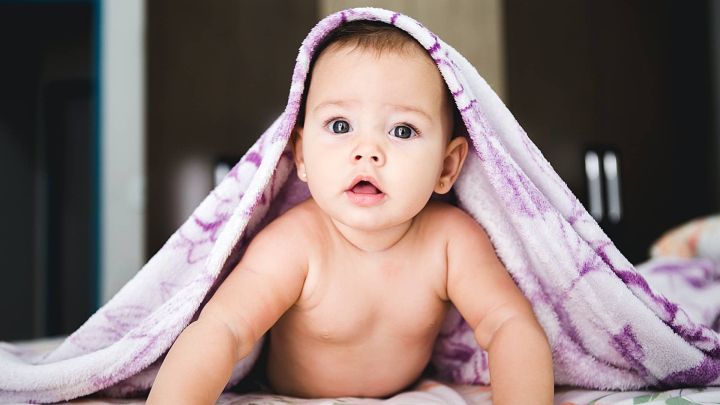Neonatal acne, also known as 'neonatal pustulosis', is not uncommon, occurring in 20% of newborns, and can easily be misdiagnosed as 'infantile eczema' or confused with 'infantile seborrhoeic dermatitis "It can also be confused with seborrheic dermatitis.
What does neonatal acne look like?
It usually occurs around 2-3 weeks after birth and usually resolves within 4 months. It is a pimple-like lesion with papules and pustules, but usually without "acne", unlike "pimples". It is also known as neonatal head pustulosis because of the prevalence and pustules on the head and face.
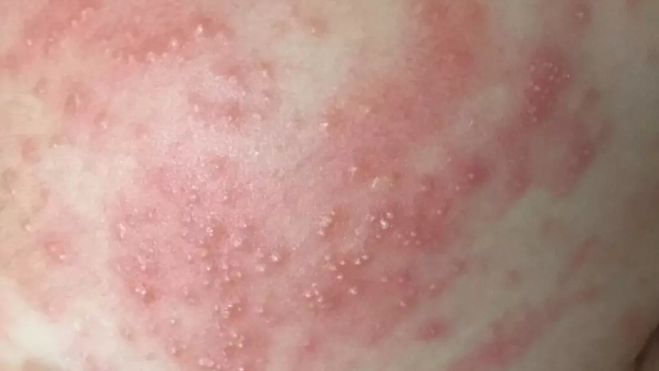
Why do newborns get 'pimples'?
It may be related to the androgens acquired from the mother before birth, and Malassezia (a fungus) may also be involved in its development. Neonatal acne does not increase the risk of developing acne vulgaris during adolescence.
What diseases should I differentiate from?
It is easily misdiagnosed as infantile eczema and can be confused with "infantile seborrheic dermatitis".
(1) Infantile eczema.
It presents as erythema, papules and blisters on the cheeks, forehead and scalp, with intense itching and a tendency to recur.
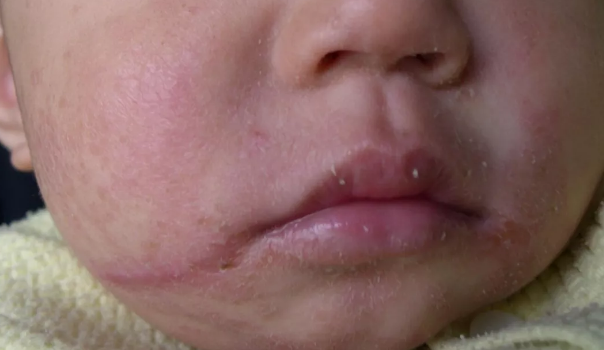
(2) Seborrhoeic dermatitis in infants.
Prevalent in the first 2 weeks of life, with erythema on the head and face, covered with greasy scales, more so on the face in the brow area, nasolabial folds and behind the ears, with mild itching. It is not uncommon for this to occur in conjunction with neonatal acne. Topical 2% ketoconazole cream, a hormonal ointment, can be used.
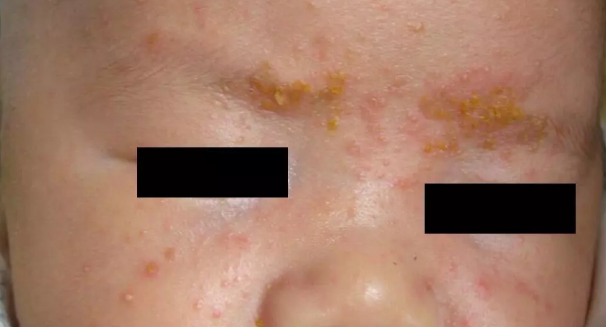
(3) Infantile and childhood acne.
Often visible as acne with occasional scar formation. It occurs at 3-4 months of age, but also in newborns. It is more common in boys and often resolves on its own by the age of 1 year, although it may continue until the age of 3. Some children have severe acne in adolescence. Clindamycin gel, permethrin gel and retinoids can be used topically and in severe cases erythromycin or isotretinoin can be given orally. Childhood acne is defined as occurring after the age of 2 years.
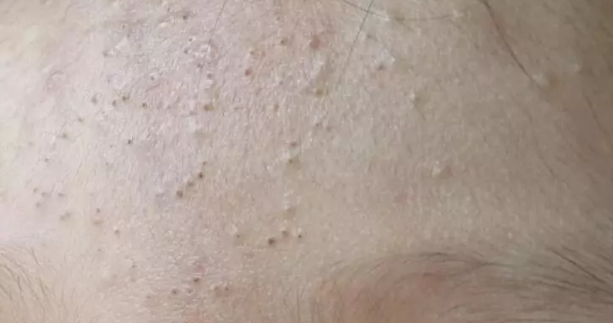
Does neonatal acne need treatment?
As it is self-healing, mild symptoms do not require treatment. Normal cleansing care is sufficient, avoiding the use of oils as much as possible and moisturisers should be as refreshing as possible and not too oily. For more severe and persistent lesions topical antifungal creams (e.g. 2% ketoconazole cream) and, if necessary, topical hormonal ointments can be used.
